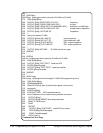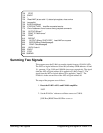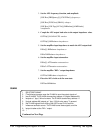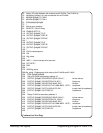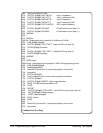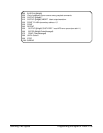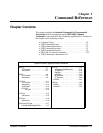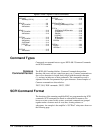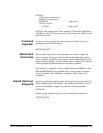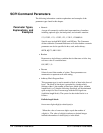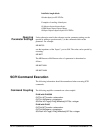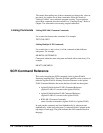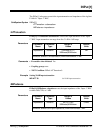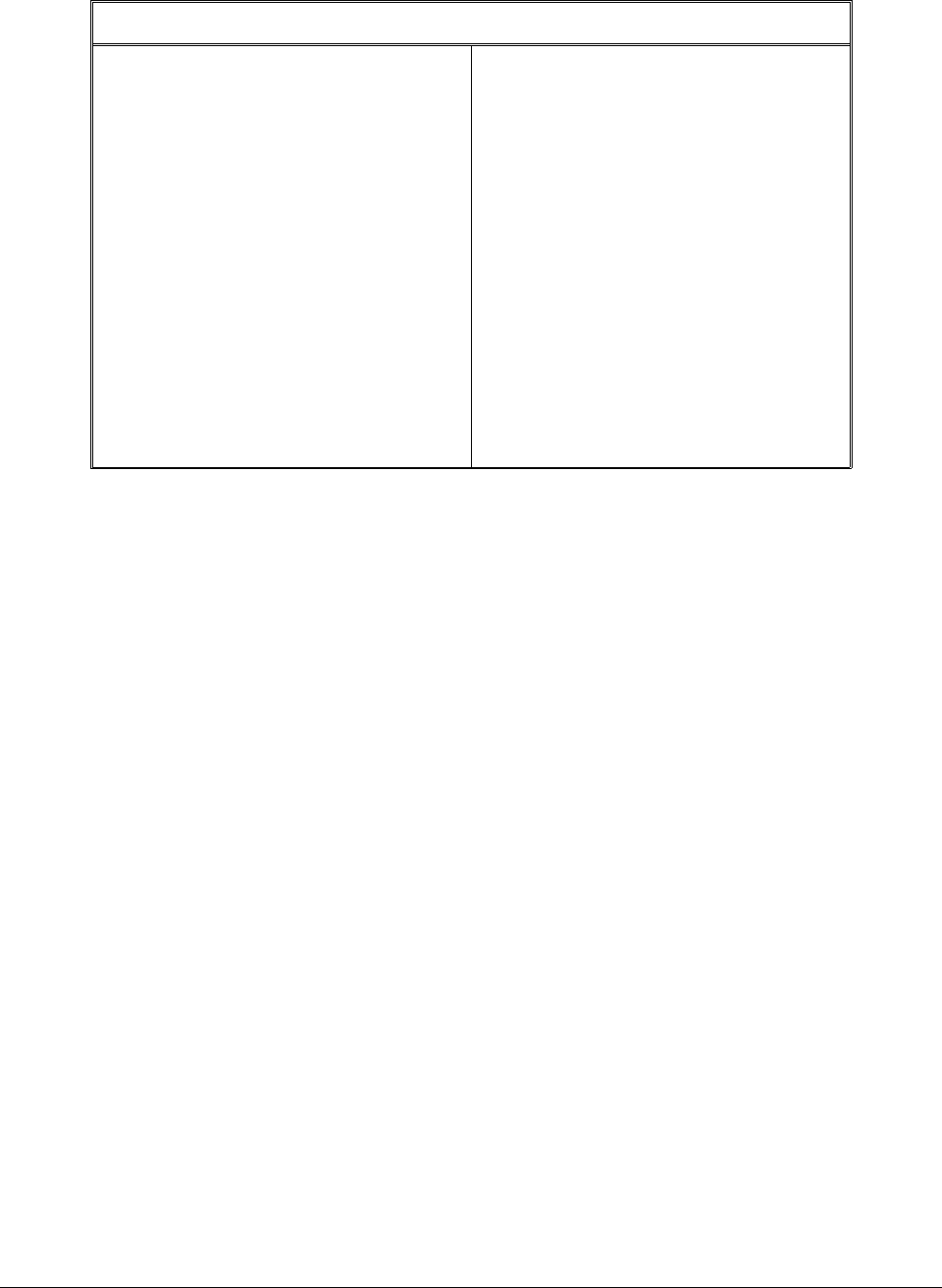
Agilent E1446A / Agilent E1405/06 Commands
DISPlay3-7
:MONitor[:STATe]. . . . . . . . . . . . . . 3-7
INPut[1] . . . . . . . . . . . . . . . . . . . . . . . . . 3-8
:ATTenuation . . . . . . . . . . . . . . . . . 3-8
:IMPedance . . . . . . . . . . . . . . . . . . 3-8
INPut2 . . . . . . . . . . . . . . . . . . . . . . . . . . 3-10
:ATTenuation . . . . . . . . . . . . . . . . . 3-10
:IMPedance . . . . . . . . . . . . . . . . . . 3-10
OUTPut1 . . . . . . . . . . . . . . . . . . . . . . . . 3-12
:ATTenuation . . . . . . . . . . . . . . . . . 3-12
:IMPedance . . . . . . . . . . . . . . . . . . 3-12
:OVERload? . . . . . . . . . . . . . . . . . . 3-13
[:STATe] . . . . . . . . . . . . . . . . . . . . . 3-14
:ACTual? . . . . . . . . . . . . . . . . . 3-14
OUTPut2 . . . . . . . . . . . . . . . . . . . . . . . . 3-15
:IMPedance . . . . . . . . . . . . . . . . . . 3-15
OUTPut3 . . . . . . . . . . . . . . . . . . . . . . . . 3-16
:IMPedance . . . . . . . . . . . . . . . . . . 3-16
SOURce:VOLTage . . . . . . . . . . . . . . . . 3-17
[:LEVel][:IMMediate]:OFFset . . . . . 3-17
STATus . . . . . . . . . . . . . . . . . . . . . . . . . 3-18
:OPERation|QUEStionable. . . . . . . 3-18
:CONDition? . . . . . . . . . . . . . . . . . . 3-18
:ENABle . . . . . . . . . . . . . . . . . . . . . 3-19
[:EVENt]? . . . . . . . . . . . . . . . . . . . . 3-19
:NTRansition. . . . . . . . . . . . . . . . . . 3-20
:PTRansition . . . . . . . . . . . . . . . . . 3-20
:PRESet . . . . . . . . . . . . . . . . . . . . . . . 3-21
SYSTem. . . . . . . . . . . . . . . . . . . . . . . . . 3-22
:ERRor? . . . . . . . . . . . . . . . . . . . . . . . 3-22
:VERSion? . . . . . . . . . . . . . . . . . . . . . 3-22
Command Types
Commands are separated into two types: IEEE-488.2 Common Commands
and SCPI Commands.
Common
Command Format
The IEEE-488.2 standard defines Common Commands that perform
functions like reset, self-test, status byte query, etc. Common commands are
four or five characters in length, always begin with the asterisk character
(*), and may include one or more parameters. The command keyword is
separated from the first parameter by a space character. Some examples of
Common commands are shown below:
*RST, *CLS, *ESE <unmask>, *OPC?, *STB?
SCPI Command Format
The functions of the summing amplifier/DAC are programmed using SCPI
commands. SCPI commands are based on a hierarchical structure, also
known as a tree system. In this system, associated commands are grouped
together under a common node or root, thus, forming subtrees or
subsystems. An example is the amplifier’s ’OUTPut2’ subsystem shown on
the following page.
3-2 Command Reference SCPI Command Format



